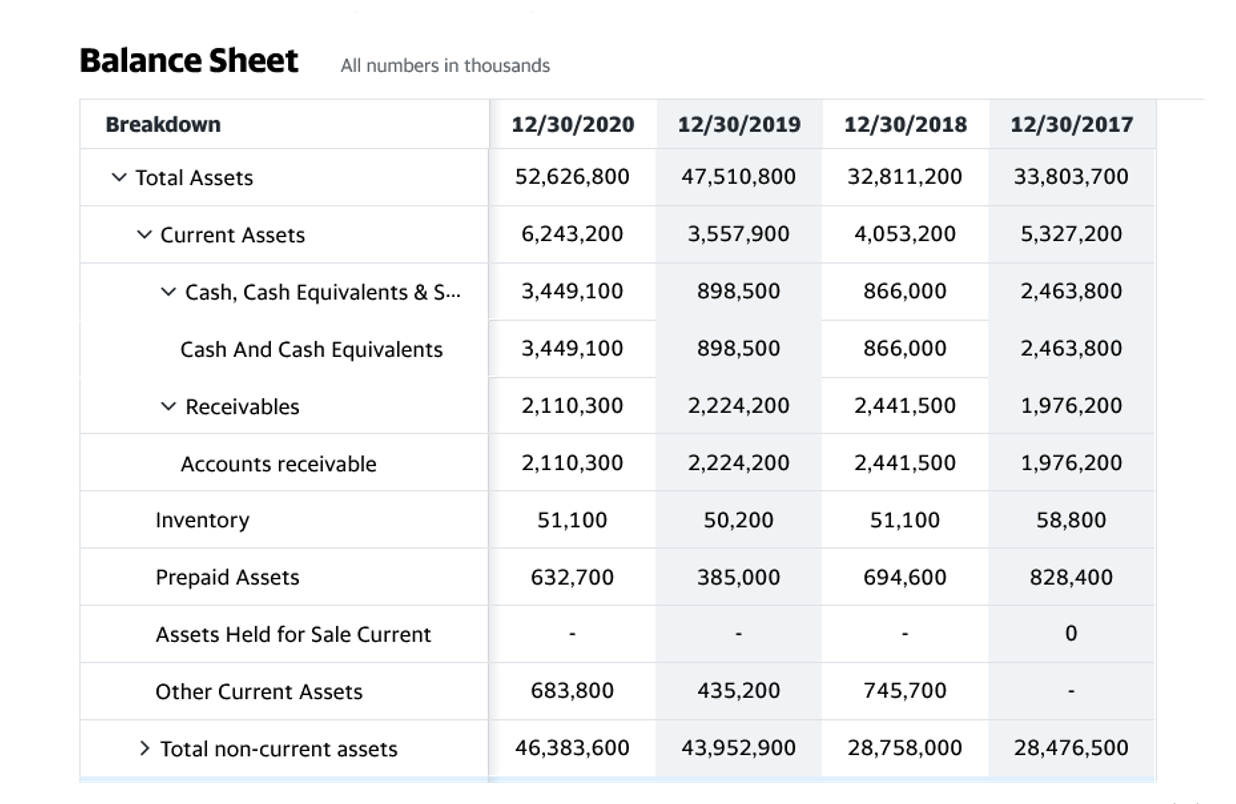
Find if there exists any debit memorandum that have not been recorded in your accounting record. When a customer deposits a check in his account, the bank immediately credits his account with the amount of the check deposited. Sometime such checks are not honored because the person issuing the check does not have sufficient funds in his account. In such situation, bank reverses the entry and an outstanding check is one that has been issued but not yet reported on a bank statement. reduces the balance of depositor’s account to previous amount. You can also use bank statement reconciliation to track the progress of your business.
How Do I Reconcile Outstanding Checks with My Bank Statement?

It is important to note that NSF checks should not be included in the bank reconciliation statement because they are not considered a valid form of payment. Including NSF checks in the reconciliation statement would result in an inaccurate balance, which could lead to errors in the financial records. Monthly statements are another important document that can help individuals and businesses keep track of their financial transactions. Monthly statements provide a summary of all transactions that have occurred during the month, including deposits, withdrawals, and fees. It is important to carefully review monthly statements to ensure that all transactions are accurate and that there are no errors or discrepancies. When a company writes a check, the company records it with a credit to the Cash account in the company’s general ledger.

Accounting Entries
These are checks that have been written by a company or individual, but the bank has not been able to honor them due to insufficient funds in the account. When reconciling a bank statement, there are certain items that will not be included in the reconciliation statement. The account balance is the total amount of money in a bank account at a given time. This balance is not included in the reconciliation statement because it is already known. This example underscores the importance of regularly reconciling bank statements to catch these checks and maintain precise financial records for effective business management. When a business writes a check, it deducts the amount from the appropriate general ledger cash account.
Step 2 – Find outstanding/unpresented checks and deduct from bank statement balance:
This means that the bank balance will be greater than the company’s true amount of cash. Best practices for managing and clearing outstanding checks include regular bank statement reconciliation, promptly voiding or retained earnings canceling unused checks, and maintaining proper record-keeping. Also, always maintain in communication with payees about payments not fully processed. Another financial statement that will not be included in a bank reconciliation statement is the balance sheet. The balance sheet is a financial statement that shows a company’s assets, liabilities, and equity at a specific point in time.
- To identify these discrepancies, it is important to carefully review the bank statement and compare it to the company’s records.
- With the above illustration, do you think we can now calculate our outstanding checks?
- This statement is prepared by the accountant or bookkeeper and is used to ensure the accuracy of the financial records.
- Bank reconciliation statements are essential in ensuring that a company’s financial records match the bank’s records.
How to find Outstanding Checks on Bank Reconciliation
Furthermore, if the payor’s account lacks sufficient funds, the check does not clear. An outstanding check refers to a check that has been written by a business but has yet to be deposited by the recipient. Even though the bank statement may not display it, the payee’s account incurs a debit for the amount of the outstanding check. With banking activity becoming increasingly electronic, another way to avoid writing a check and forgetting about it is to use the checking account’s online bill pay service. This should provide real-time information about the total dollar amount Coffee Shop Accounting of checks outstanding and the total dollar balance present in the account. This can help prevent any unnecessary NSFs if the payee decides to cash the check at a later date.

